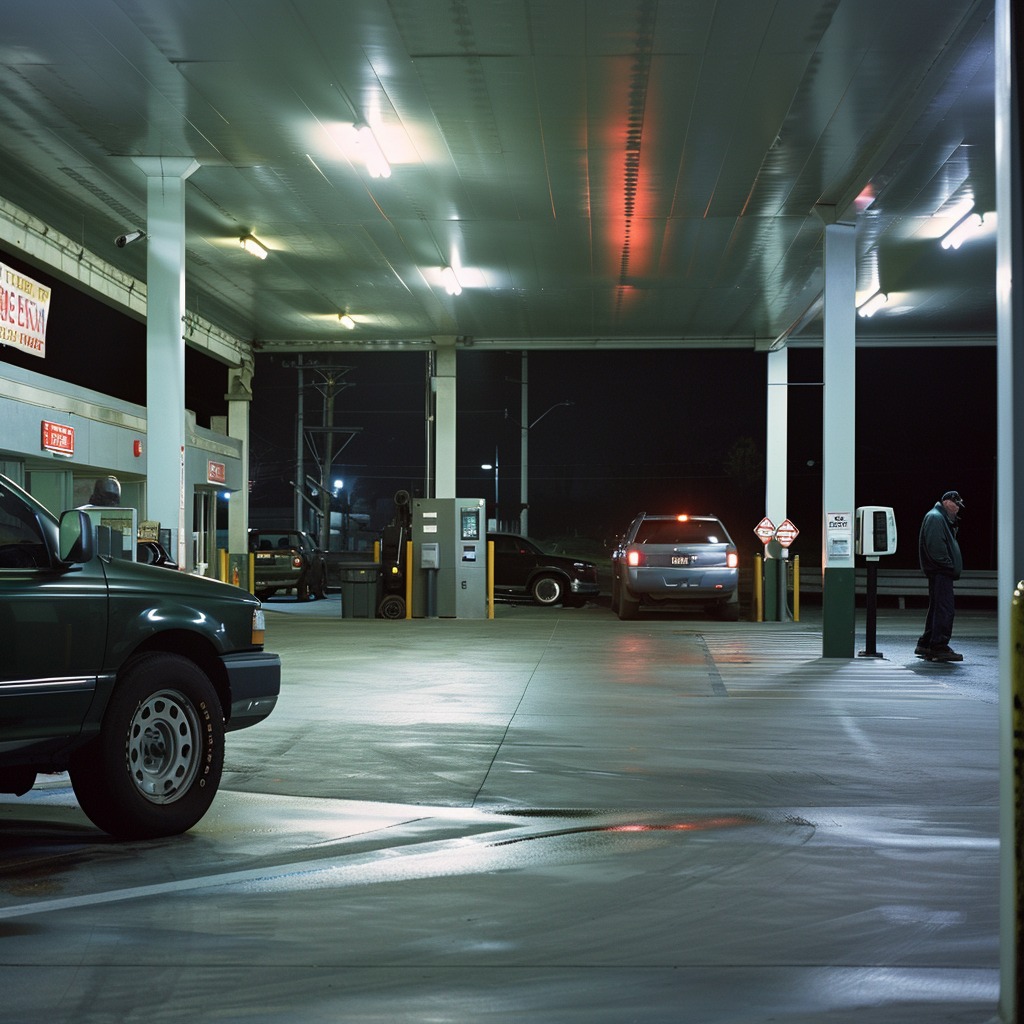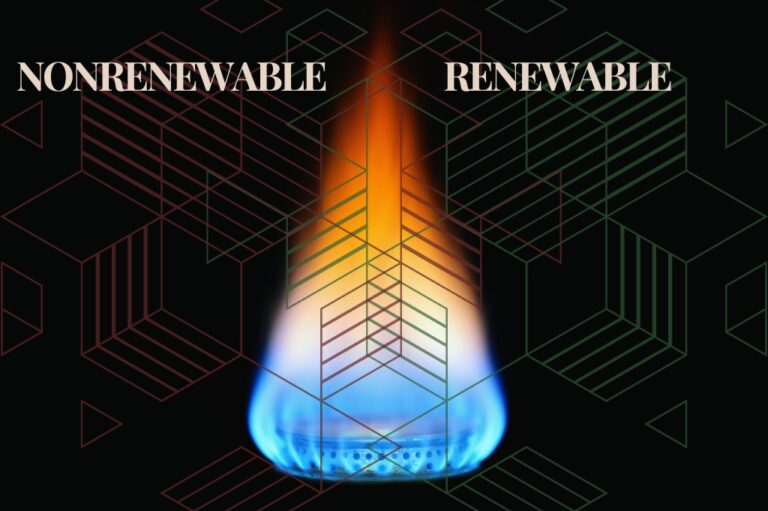You know how important it is to make sure big and heavy vehicles are safe, especially when it comes to their fuel systems, right? Well, the folks at the U.S. Department of Transportation (DOT) have been working hard to make sure cars using Compressed Natural Gas (CNG) are even safer on the roads. CNG Vehicle Inspection Changes determine how often these automobiles need to be inspected, now requiring more frequent checks.
To make sure these new rules are followed and safety standards are super high, the DOT is using some pretty cool technology and giving inspectors really thorough training.
They’re keeping up with all the changes happening in transportation to make sure CNG vehicles are safe for everyone. At the end of the day, it’s all about making sure these cars are reliable and that we’re all safe when we hit the roads.
Key Takeaways
- Heavy-duty vehicles weighing over 10,000 pounds need an annual inspection for their CNG fuel containers, which is more frequent than before.
- Inspectors have to meet higher certification standards to be well-prepared in identifying issues and making sure everything follows the rules.
- Inspections now use advanced technology, which makes them more precise and efficient at keeping vehicles safe.
How Often Do We Need to Check Our CNG Tanks Now?

This marks a shift from the previous requirement, which called for inspections every 36 months or 36,000 miles. The reason for this change? To ensure these containers maintain their integrity and safety, especially given the high demands placed on heavy-duty transport.
What About Smaller Vehicles?
For smaller vehicles (those weighing less than 10,000 pounds), the CNG Vehicle Inspection Changes schedule stays the same. These vehicles will still need to be inspected every 36 months or 36,000 miles, whichever happens first.
This approach, which varies based on vehicle size, makes sure that the vehicles that experience the most wear and tear get checked more often, without causing unnecessary hassle for smaller vehicle operations by adding extra rules to follow.
Are There New Training Requirements for Inspectors?
Yes, there’s also a big focus on the people performing these inspections. The certification process for CNG fuel system inspectors has been updated to incorporate more through training requirements and examination processes.
This means inspectors are now better equipped to identify potential issues and enforce compliance effectively. The idea is to have a workforce that is as up-to-date on CNG technology and safety protocols as possible.
How Is Technology Playing a Role?
Advancements in technology are making inspections more thorough. New tools and methods are being integrated into the inspection process, allowing for better detection of potential safety issues. This tech-enhanced approach contributes to overall vehicle safety and helps inspectors make more informed decisions based on precise, real-time data.
Why All These CNG Vehicle Inspection Changes?
These updates are part of the DOT’s ongoing efforts to enhance vehicle safety on U.S. roads. As CNG technology evolves and more vehicles adopt this fuel, it’s crucial to have robust regulations that ensure all vehicles meet the latest safety standards.
The recent changes reflect advancements in both CNG technology and regulatory frameworks, aiming to improve the safety and reliability of CNG vehicles across the board.
What This Means?
By following the updated inspection times and certification steps, the people managing the vehicles can create a culture that values safety, which helps reduce the chances of accidents and costly interruptions.
These changes also have some awesome benefits for the public and consumers. With more frequent checks and better safety measures, our roads will become safer for everyone. A closer look at vehicles using natural gas will lower the risk of potential dangers, making this type of transportation more reliable.
This improved safety record will give people more confidence, encouraging more people to use and accept vehicles powered by natural gas.
It’s cool to know that the transportation industry is taking the initiative to address safety concerns as technology evolves and needs change. By embracing these rule changes, the industry shows its commitment to staying ahead and prioritizing the well-being of both the environment and people on the road.
This forward-thinking approach ensures that commercial transportation keeps up with advancements in natural gas technology, maintaining a high level of safety and reliability as the industry continues to grow.FAQ
Conclusion
The DOT’s recent CNG Vehicle Inspection Changes intervals show that they are taking proactive steps to make our roads safer. These changes are a response to advancements in technology and the increasing use of natural gas as a fuel. By requiring more frequent inspections and ensuring that inspectors meet higher certification standards, the DOT aims to effectively reduce the risks associated with CNG vehicles.
These updates not only improve the safety of individual vehicles but also contribute to the overall reliability and sustainability of the transportation industry.
As the industry continues to evolve, these regulations will play a crucial role in creating a safer future for everyone who uses the roads. It’s great to see these measures being taken to keep up with the changing landscape of transportation and prioritize the safety of all road users.














